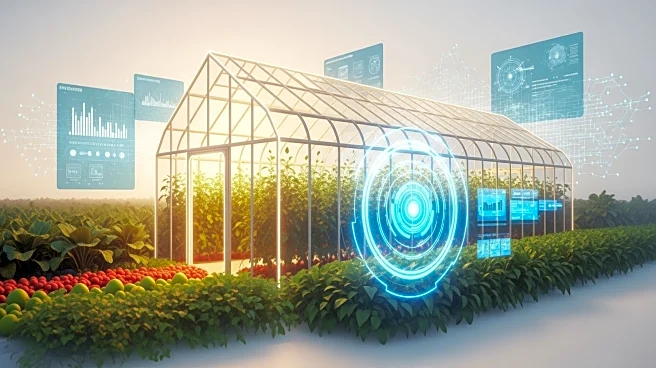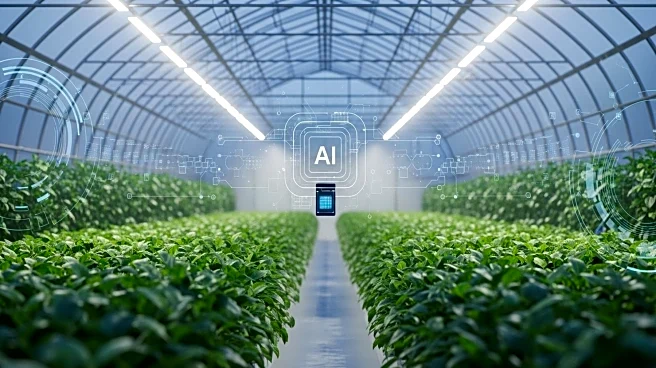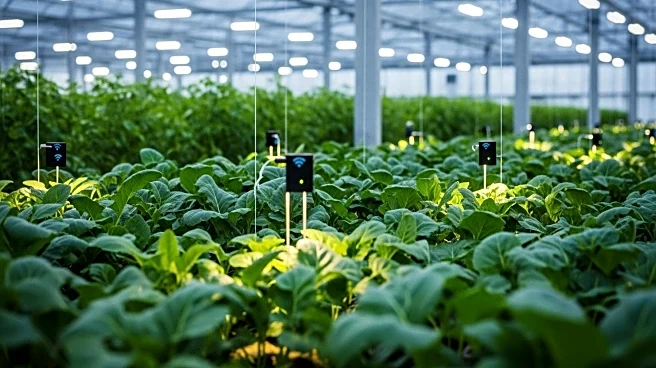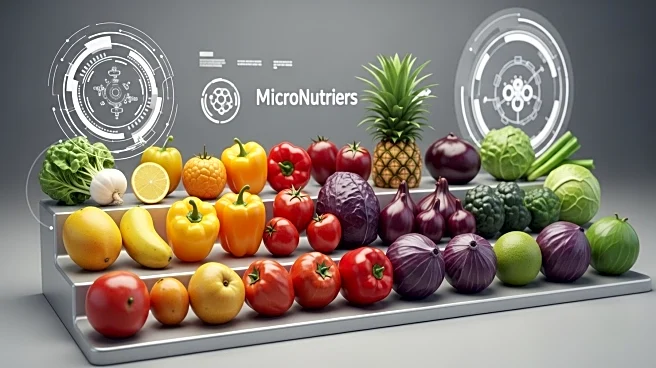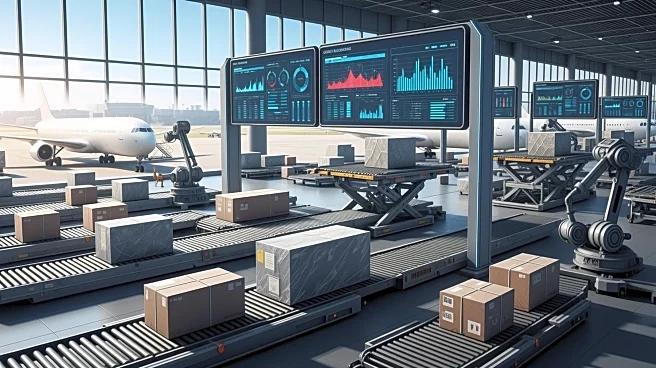What's Happening?
The agricultural food loss reduction solutions market is projected to grow from USD 14.50 billion in 2025 to USD 22.50 billion by 2030, with a compound annual growth rate of 9.2%. This growth is driven by increasing concerns over food security and sustainability,
as nearly one-third of global food production is wasted before reaching consumers. The market is seeing substantial investment in advanced cold chain logistics, AI-enabled inventory management, and precision agriculture. Key segments include cereals and grains, which suffer high post-harvest losses, and sensor-based technology systems for real-time monitoring. North America currently leads in market share, while Asia Pacific is emerging as the fastest-growing region. Challenges include high capital costs, fragmented supply chains, and infrastructure gaps in emerging economies.
Why It's Important?
The expansion of the agricultural food loss reduction solutions market is crucial for addressing global food security and sustainability challenges. With significant portions of food production lost before consumption, effective solutions can help reduce waste, improve resource efficiency, and enhance food availability. This growth presents opportunities for stakeholders to invest in technologies that optimize food distribution and storage, potentially benefiting economies by reducing costs associated with food waste. However, the market faces obstacles such as high technology costs and limited adoption among smallholder farmers, which could impact the pace of implementation and the realization of potential benefits.
What's Next?
As the market continues to grow, stakeholders are likely to focus on overcoming existing challenges such as high capital costs and fragmented supply chains. Efforts may include increasing access to credit for smallholder farmers, improving infrastructure in developing regions, and standardizing technology deployment to facilitate widespread adoption. Additionally, the integration of sensor-based technologies and AI-driven solutions is expected to play a significant role in enhancing operational efficiency and reducing post-harvest losses. The ongoing investment in these areas could lead to more sustainable agricultural practices and improved food security globally.
Beyond the Headlines
The development of agricultural food loss reduction solutions has broader implications for environmental sustainability and resource management. By minimizing food waste, these solutions contribute to reducing greenhouse gas emissions associated with food production and disposal. Furthermore, the adoption of advanced technologies in agriculture can drive innovation and create new economic opportunities, particularly in regions with emerging agri-tech industries. As the market evolves, ethical considerations around equitable access to technology and the impact on smallholder farmers will be important to address.
